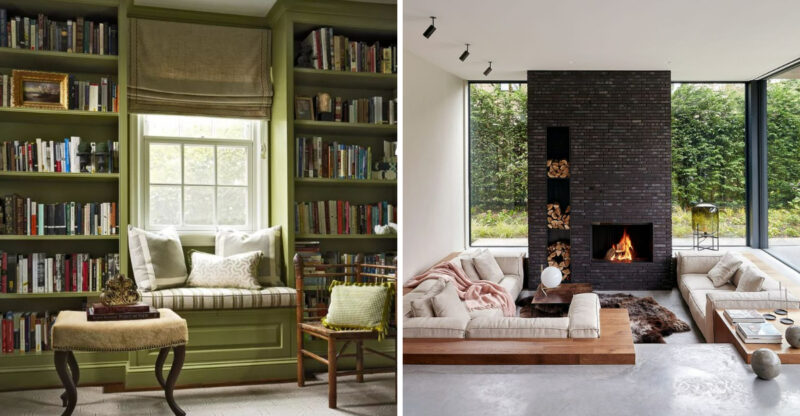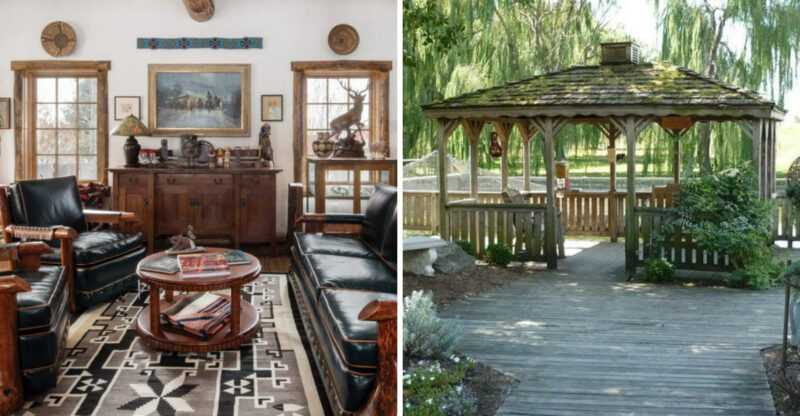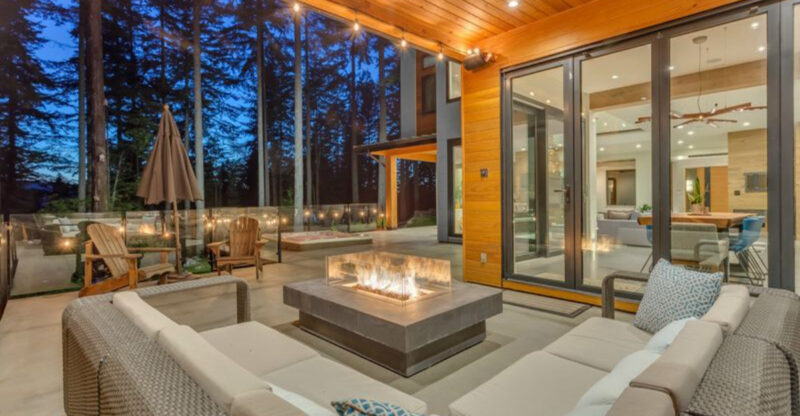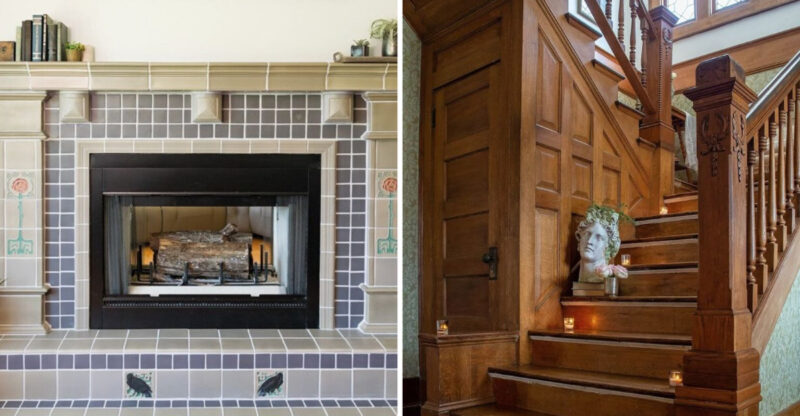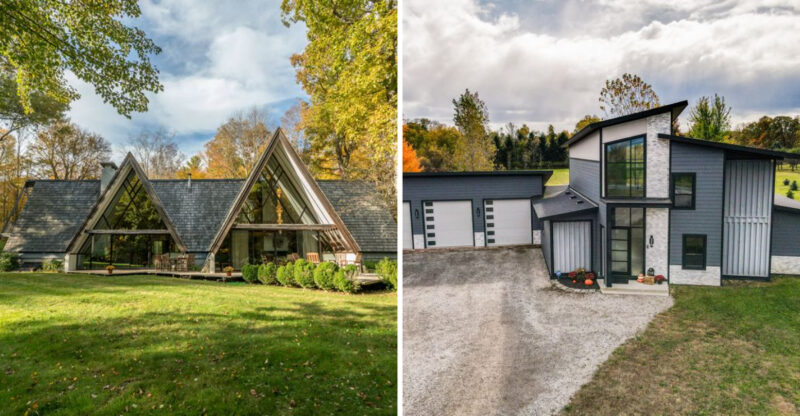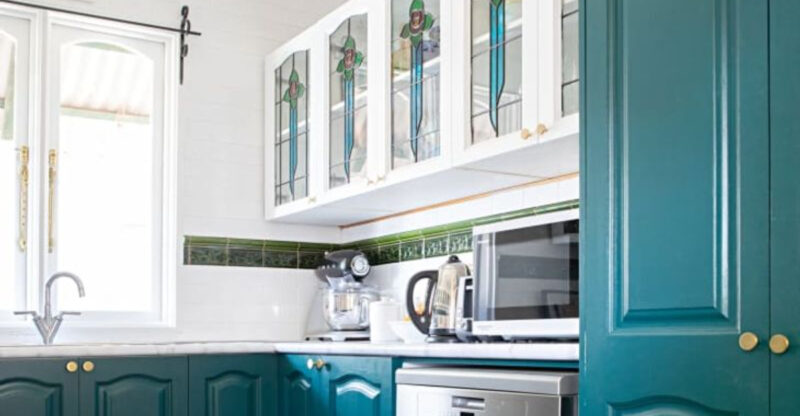15 Home Details That Are Personal Faves But Buyer Dealbreakers And 5 That Scream Don’t Buy
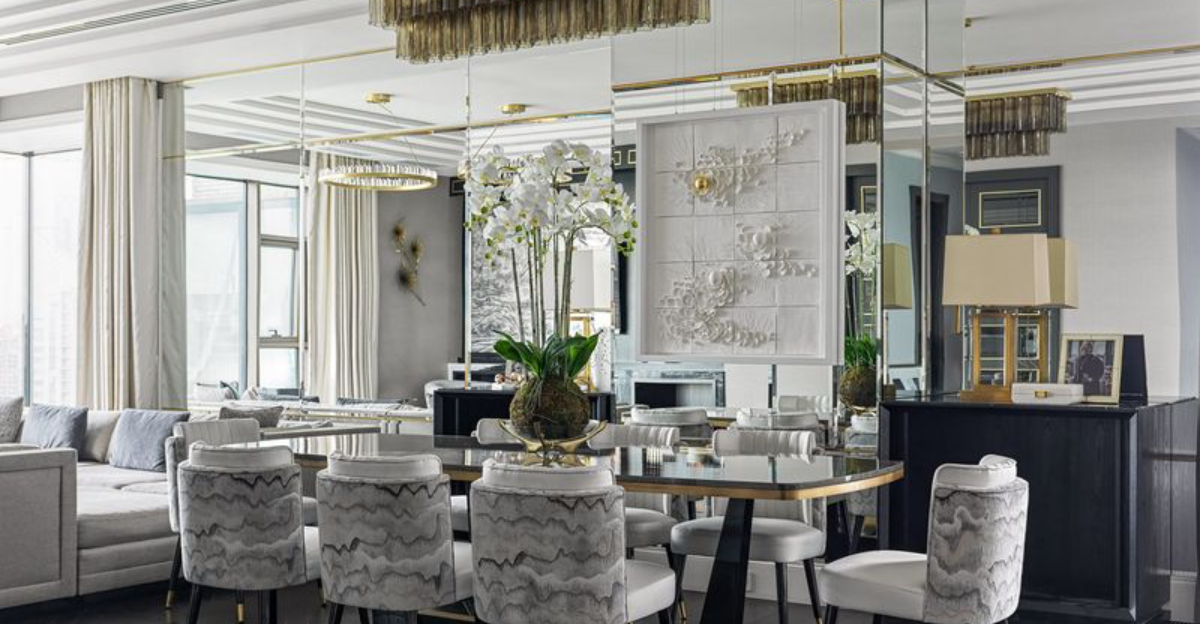
When it comes to homes, what one person loves might make another run for the hills.
I’ve seen this play out countless times in the real estate world those personal touches we adore can actually turn potential buyers away.
Let’s explore 15 beloved home features that might hurt your resale value, plus 5 absolute deal-breakers that should make you think twice before buying.
1. Bold Wall Colors
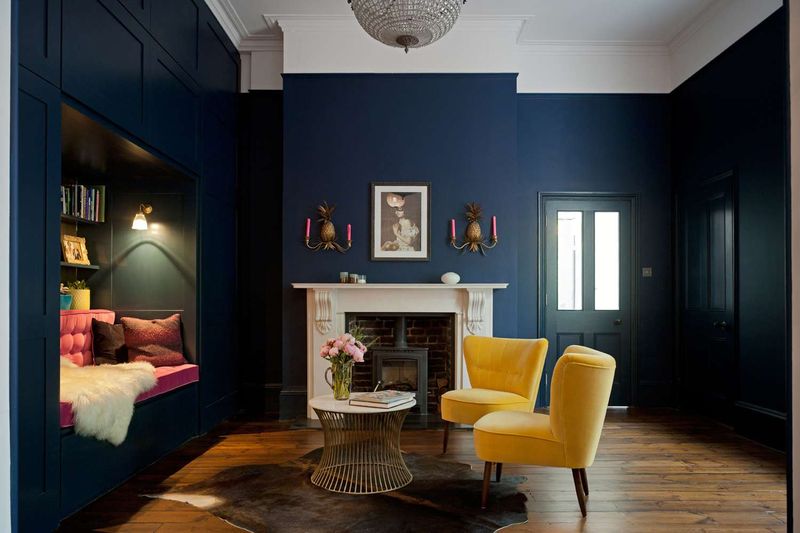
I absolutely love my deep navy dining room and forest green bedroom! These rich hues create incredible mood and personality in my space.
Yet when selling, these bold choices can instantly turn off buyers who see only the work of repainting. Most house hunters walk in visualizing their own furniture and style. Dark or unusual colors make this mental exercise harder, making rooms feel smaller or outdated.
Even though quality paint only costs a few hundred dollars, many buyers can’t see past the surface. If you’re planning to sell soon, consider repainting with neutral tones. Keep those color swatches handy though you can always bring your beloved bold palette to your next home!
2. Statement Wallpaper
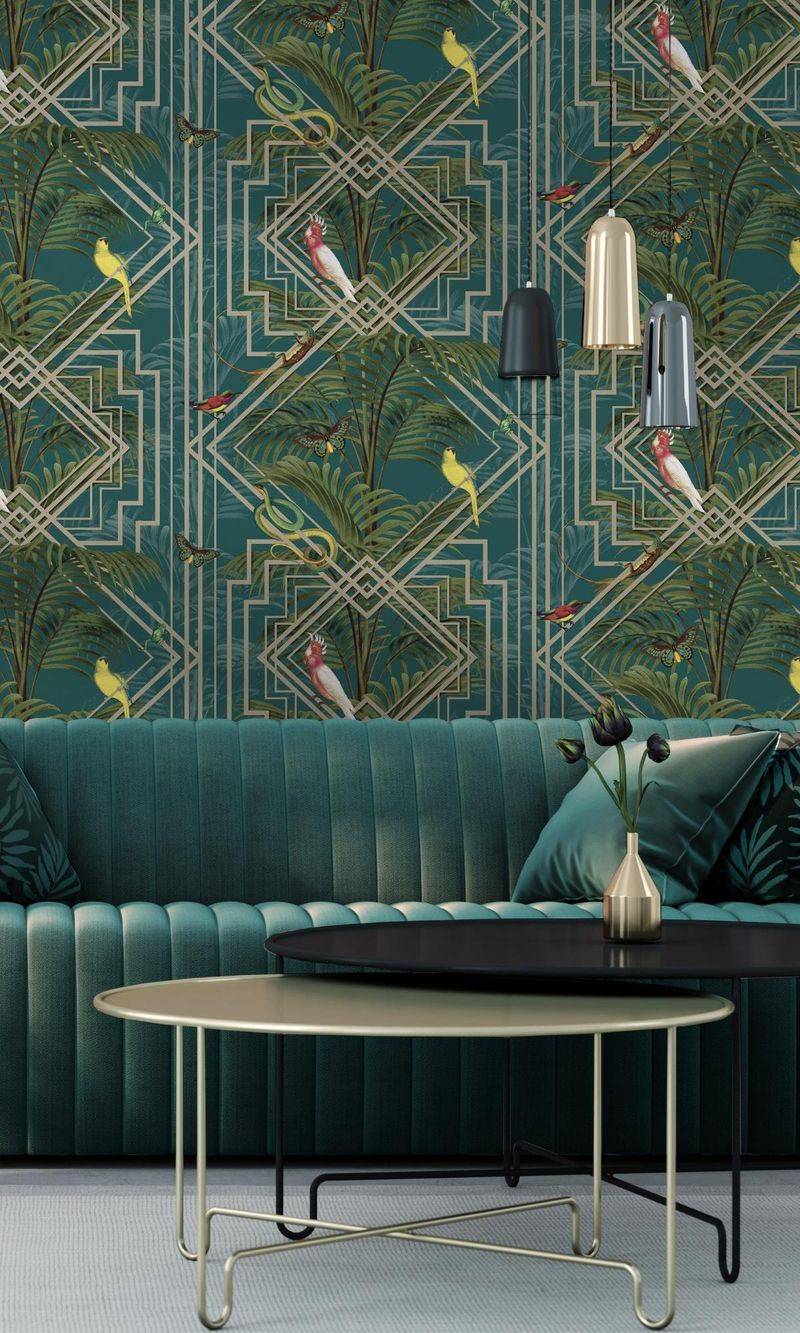
Those gorgeous floral patterns or geometric designs might make your heart sing every time you walk into your powder room or bedroom. Statement wallpaper adds instant personality and can transform an ordinary space into something magazine-worthy with relatively little effort.
Unfortunately, potential buyers often see only the work involved in removing it. Even modern peel-and-stick options that are designed for easy removal can trigger negative reactions from house hunters who have different taste preferences.
While you’re living in your home, enjoy those bold patterns that bring you joy! Just know that you might need to remove them before listing your property, as wallpaper is frequently cited as a turn-off for younger buyers especially.
3. Patterned Floor Tiles
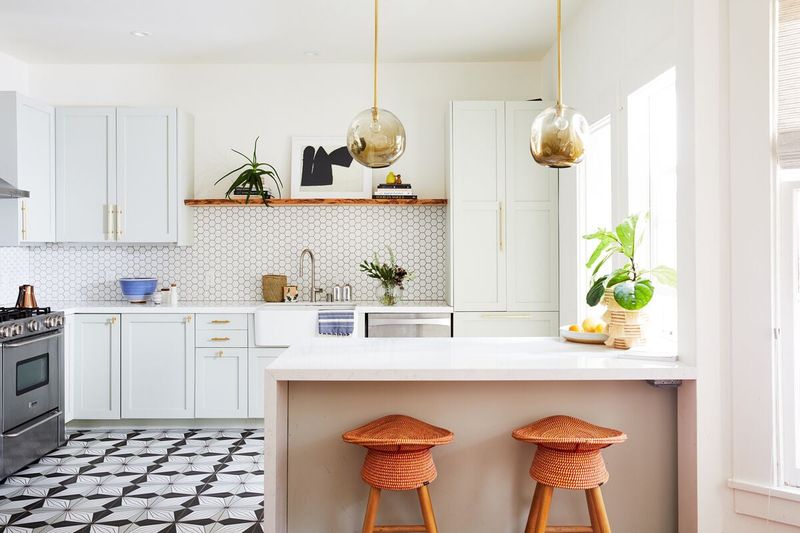
Walking into my kitchen with its black and white Moroccan-inspired floor tiles still makes me smile years after installation. These eye-catching patterns add character and visual interest that plain flooring simply can’t match.
The personality they bring to bathrooms, entryways, and kitchens is unmatched. Many buyers, however, see only the commitment to a specific aesthetic. Unlike paint, tile requires significant labor and expense to replace.
Even beautiful, high-quality patterned tile can deter purchasers who prefer more neutral backgrounds. If you’re installing patterned tiles for yourself, go for it! Just understand that your future buyer pool might shrink slightly. The good news? There’s always someone who will appreciate your bold design choices as much as you do.
4. Vintage Light Fixtures
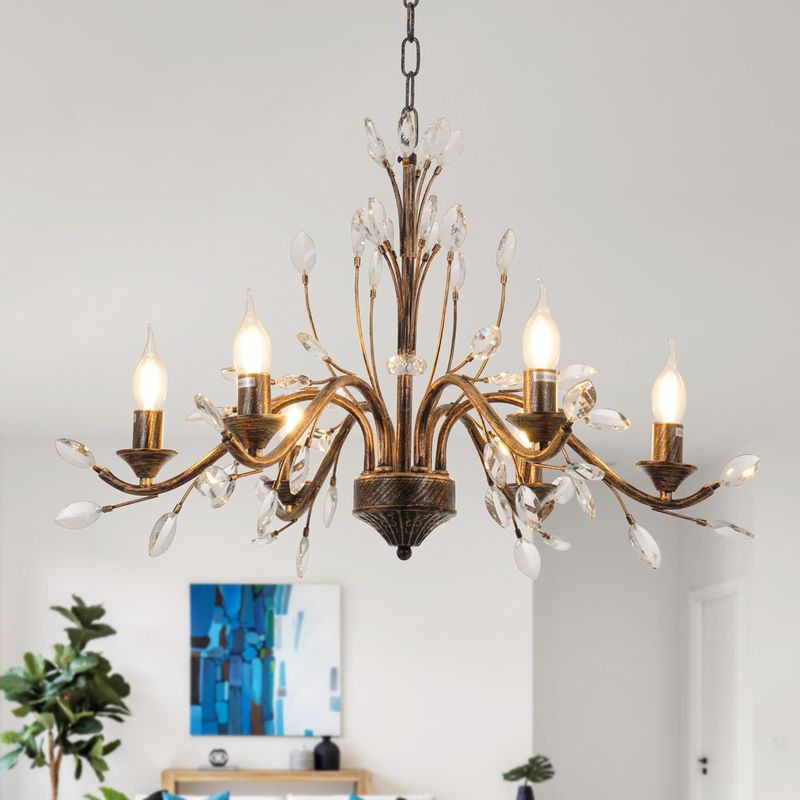
That antique chandelier you scored at the flea market might be your pride and joy, perfectly complementing your personal style. Vintage lighting adds character, history, and a one-of-a-kind element to spaces that new fixtures often lack.
Nothing beats the warm glow of an authentic midcentury sconce or Victorian pendant. For buyers, however, these unique pieces can look outdated or impractical. Many house hunters prefer modern fixtures with contemporary styling and energy efficiency. Some might even worry about the electrical safety of older lighting.
Take those special fixtures with you when you move if possible! Consider replacing them with more neutral options before listing. Remember that what feels charmingly retro to you might read as “needs updating” to someone else viewing your home for the first time.
5. Clawfoot Bathtubs
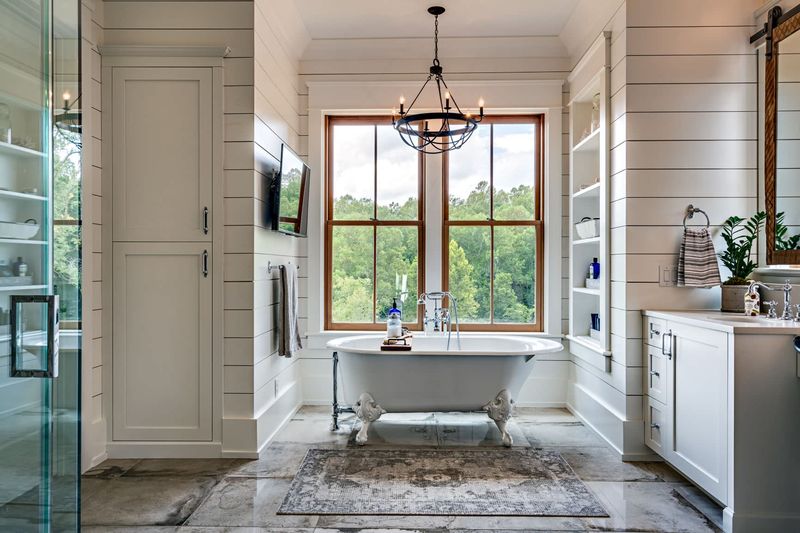
Soaking in a classic clawfoot tub feels like pure luxury there’s something timeless and elegant about these freestanding beauties that modern built-ins just can’t replicate. Their deep basins and sculptural presence make bathrooms feel like personal spas.
For vintage home enthusiasts, they’re absolute treasures. Many buyers, especially those with young children or mobility issues, see impracticality instead of charm. Clawfoot tubs are harder to clean around, lack shower attachments or have awkward shower conversions, and can make bathrooms feel cramped.
If you’re renovating for yourself, embrace that clawfoot if it brings you joy! But recognize that when selling, some families will walk away because they want easy-to-use shower/tub combinations. The right buyer will appreciate your classic taste, but you might wait longer to find them.
6. Open Shelving Kitchens
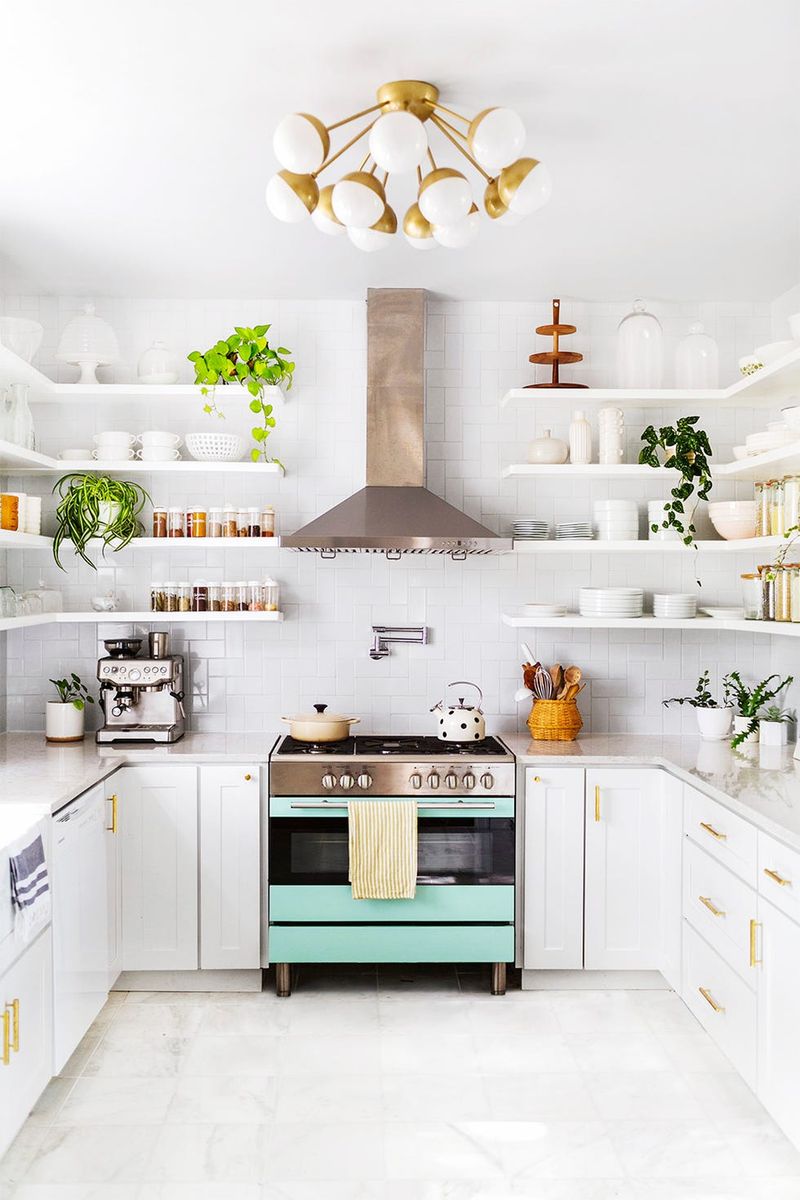
My kitchen’s open shelving showcases my colorful dishware collection and makes grabbing frequently used items super convenient. This airy, magazine-worthy look creates visual space and allows personality to shine through in what could otherwise be a utilitarian room.
For those who enjoy styling and displaying their kitchen items, it’s perfect. What I find charming, however, many buyers see as a dust-collecting maintenance nightmare. Open shelving requires consistent organization and cleaning to look good.
It also means everything is always on display including mismatched mugs and plastic sippy cups. Potential homeowners often prefer the practicality of closed cabinetry where clutter can be hidden away. If you’re planning to sell soon, consider whether installing some upper cabinets might broaden your appeal to more traditional buyers.
7. Dark Painted Cabinets
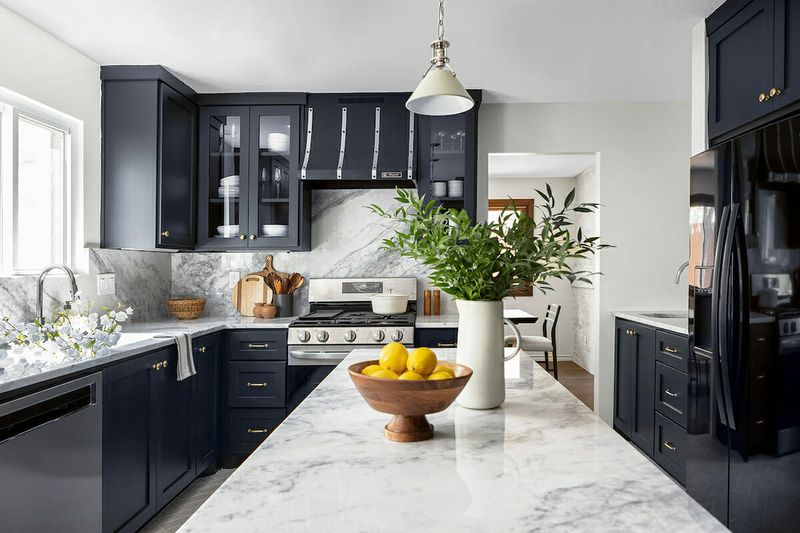
Those navy, forest green, or black cabinets might be the dramatic statement piece that makes your kitchen feel custom and current. Dark cabinet colors add sophistication and can hide fingerprints better than white cabinetry.
When paired with light countertops and good lighting, they create stunning contrast that feels both modern and timeless. House hunters, however, often gravitate toward lighter kitchens that feel more spacious and bright. Many buyers worry dark cabinets will make the room feel smaller or dated as trends change.
The perception (right or wrong) that darker kitchens are harder to brighten up can be a real sticking point. If you’re not planning to move soon, enjoy those moody cabinet colors! Should you decide to sell, be prepared that you might need to repaint to appeal to a broader market.
8. Exposed Brick Walls
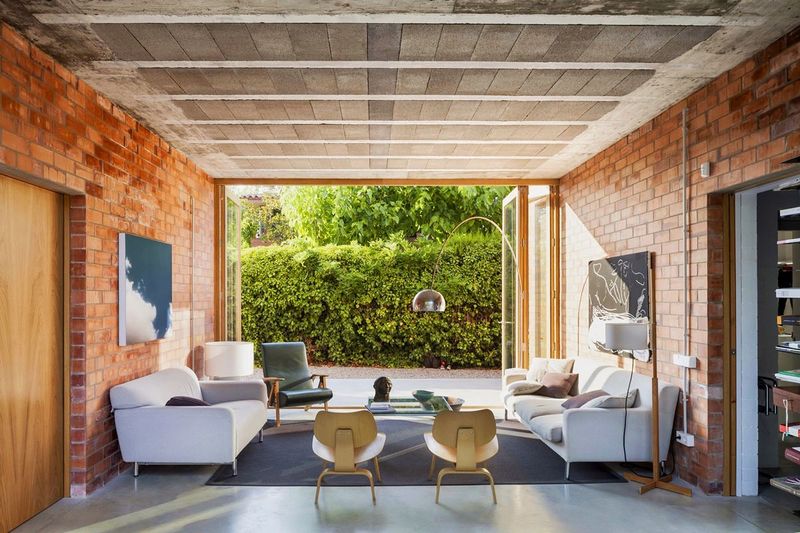
Nothing adds character to a space quite like an exposed brick wall. That rich texture, natural color variation, and sense of history create instant architectural interest that new construction simply can’t replicate. For urban loft lovers and historic home enthusiasts, brick walls are the ultimate find.
Many potential buyers, however, see maintenance headaches and decorating challenges. Brick walls can shed dust, are difficult to clean, and limit furniture placement options. They’re also nearly impossible to return to smooth drywall if someone prefers a different look.
Thermal concerns come into play too brick walls often lack proper insulation, potentially making rooms drafty and increasing energy bills. While you might adore your rustic brick feature, be prepared that it could limit your buyer pool when it’s time to sell.
9. Unique Stair Railings
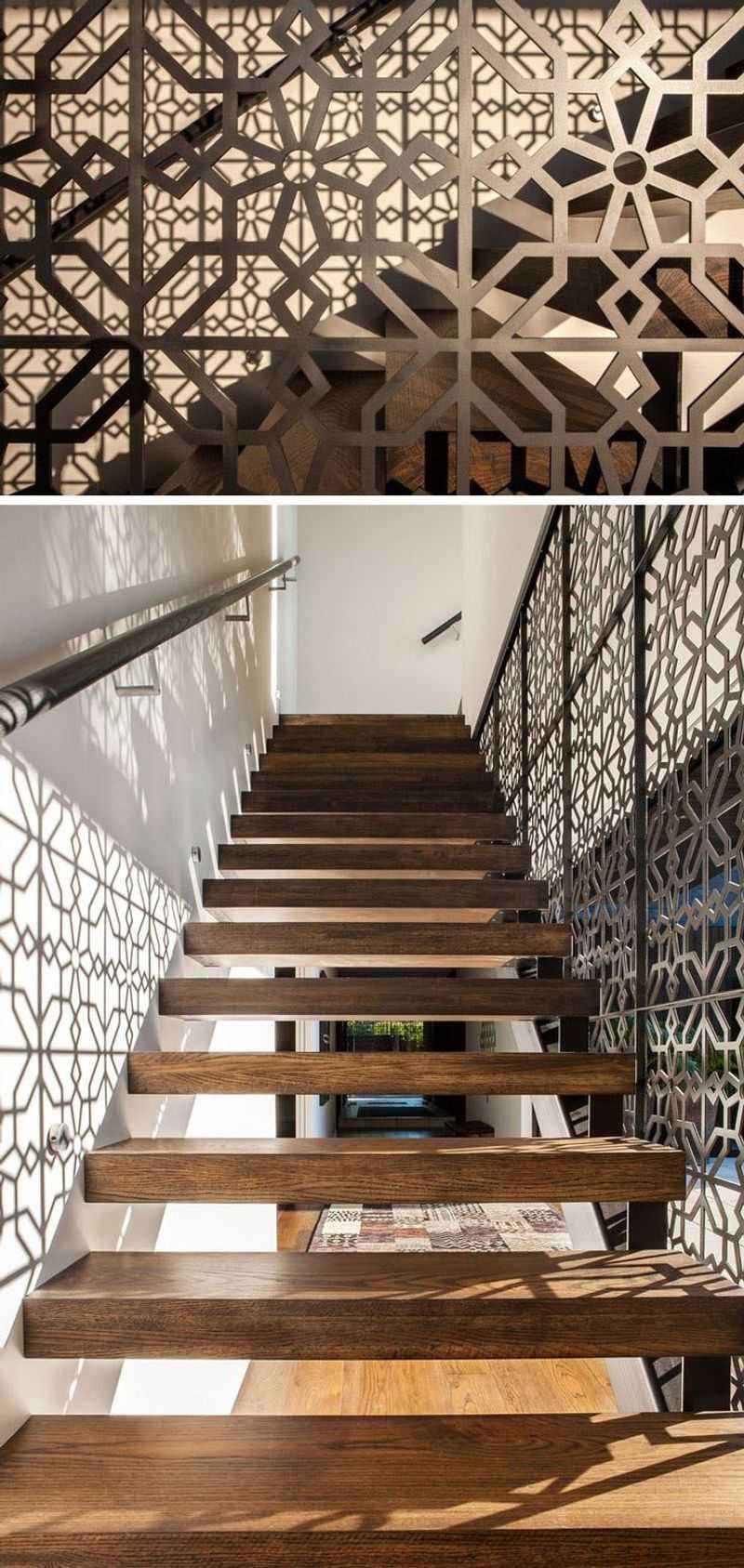
Custom-designed stair railings can transform a functional element into stunning architectural art. Whether it’s industrial metal, geometric wood patterns, or colorful glass panels, unique railings make a personal statement unlike any other home feature.
They’re conversation starters that set your home apart. For buyers with different aesthetic preferences, however, these statement pieces can feel too personal or trendy. Parents of young children might also worry about safety with non-traditional designs.
Unlike painting a wall, replacing custom railings requires significant investment and specialized contractors. If you’re creating your dream home, design those stairs exactly as you envision! Just know that highly personalized architectural elements might limit your future buyer pool to those who share your specific taste or are willing to undertake renovations.
10. Eclectic Tile Backsplashes
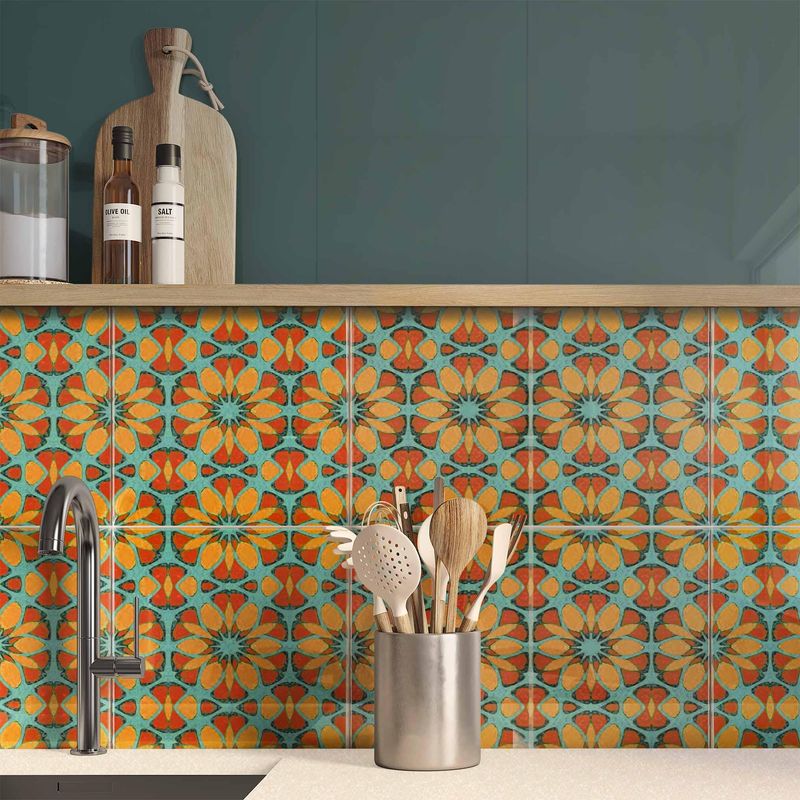
My kitchen’s hand-painted Moroccan tile backsplash brings me joy every single day. These vibrant patterns and colors inject personality into what would otherwise be a standard white kitchen. Artistic backsplashes create focal points that reflect personal style and travel inspirations in ways that neutral subway tile never could.
House hunters, unfortunately, often mentally calculate removal costs when they see distinctive tile work. Even beautifully executed custom backsplashes can deter buyers who prefer more subdued design or worry about the tiles clashing with their own belongings.
While living in your home, surround yourself with tiles that make your heart happy! Just recognize that when selling, boldly patterned permanent fixtures might narrow your buyer pool. The good news is that many design-savvy buyers specifically seek out homes with character-filled details like unique tile work.
11. Mirrored Walls
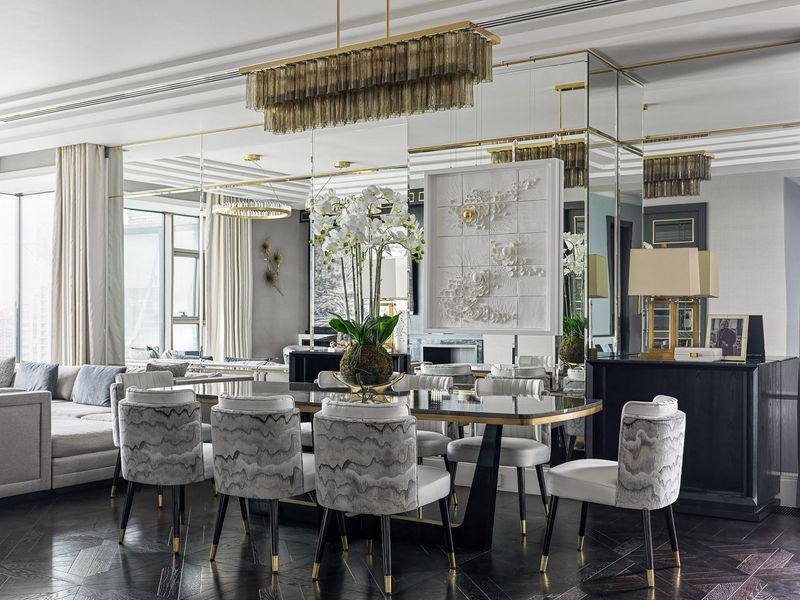
Mirrored accent walls can make small spaces appear dramatically larger and brighter. In dining rooms, they create elegant reflections of chandeliers and candlelight. For urban apartments or rooms lacking natural light, strategic mirror placement transforms the entire feel of a space without major renovation.
Many buyers, however, immediately see removal in their future. Full mirrored walls often read as dated to younger generations who associate them with 1980s design. The installation and removal require professional help, making this seemingly simple feature a potentially expensive fix.
If you love how mirrors enhance your space, enjoy them while you live there! Consider using large framed mirrors that can be easily removed instead of permanent installations if you’re concerned about future resale. Alternatively, mirrored furniture pieces can create similar light-enhancing effects without permanent commitment.
12. Colorful Bathroom Fixtures
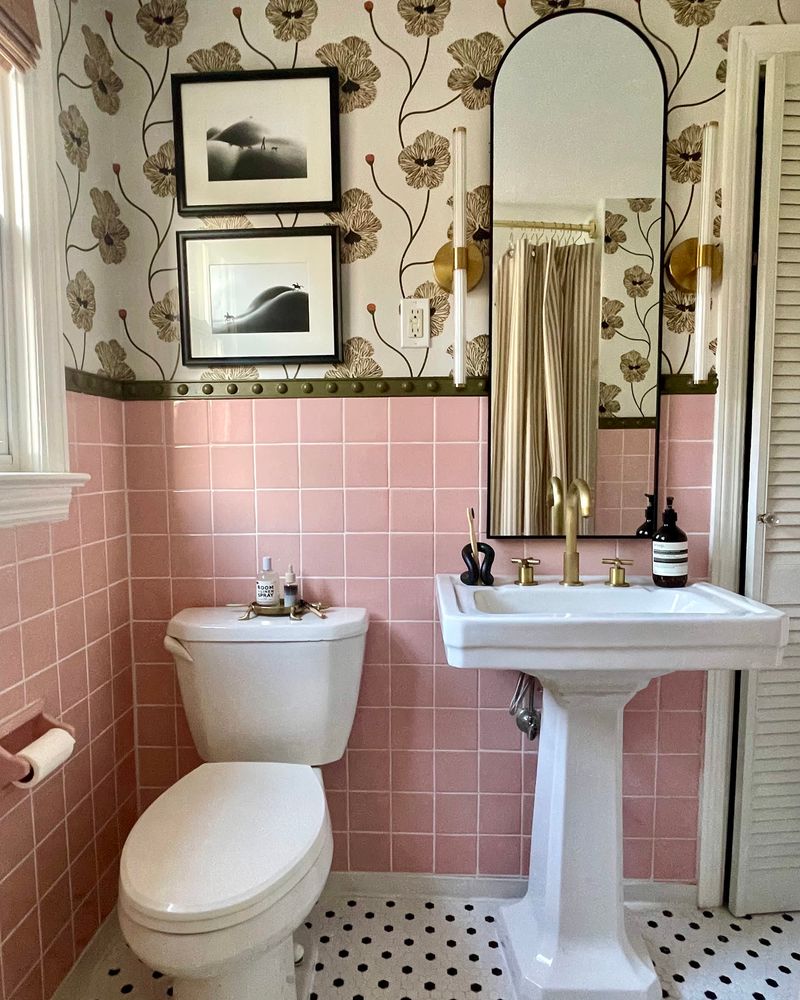
That pink toilet and matching sink might be vintage perfection to you, evoking retro charm from a bygone era. Colorful bathroom fixtures make bold statements and can anchor delightful design schemes that stand out from today’s sea of white porcelain.
For lovers of midcentury or 1950s aesthetics, they’re absolute treasures. Most buyers, however, see only renovation costs. Colored fixtures firmly date a bathroom to specific decades, and replacing them means not just the fixtures themselves but often addressing surrounding tile and flooring that was designed to complement them.
If you’ve lovingly preserved or restored a pink, mint green, or powder blue bathroom that brings you joy, cherish it! Just understand that when selling, you’ll need to find a buyer who specifically appreciates vintage charm or factor the dated bathroom into your pricing strategy.
13. Sunken Living Rooms
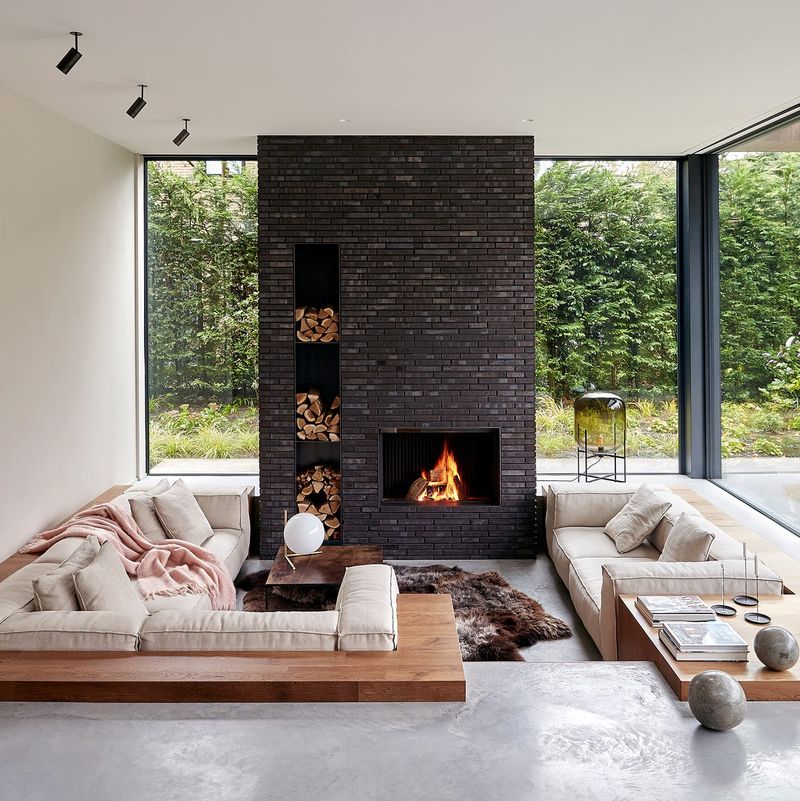
There’s something undeniably cool about stepping down into a conversation pit or sunken living area. These architectural features create natural gathering spaces and visual separation without walls. For entertainers and those who love midcentury design, sunken rooms offer distinctive character that flat, open-concept spaces lack.
Families with young children or elderly members often see hazardous steps rather than charming design. Accessibility concerns are legitimate unexpected level changes can pose real mobility challenges. Sunken rooms also limit furniture arrangement options and complicate future renovation plans.
If you’re house hunting and fall in love with a sunken living room, go for it! Just be aware that this distinctive architectural feature might narrow your buyer pool when you eventually sell. Adding proper lighting at step edges and installing handrails can help address safety concerns while preserving the unique design.
14. Indoor Water Features
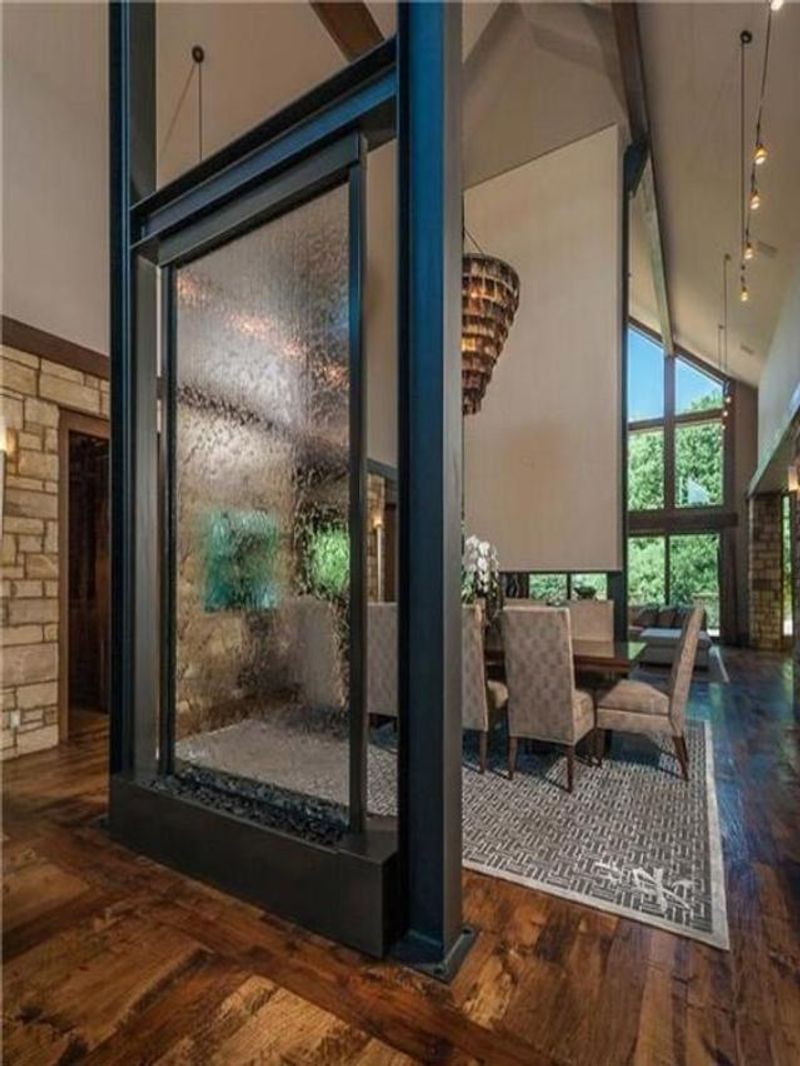
The gentle sound of flowing water from an indoor fountain or wall feature creates instant tranquility in any space. These architectural elements add multisensory luxury that transforms ordinary rooms into spa-like retreats. For those seeking stress relief and natural elements indoors, water features deliver daily joy.
Potential buyers often see maintenance headaches and water damage risks. Indoor fountains require regular cleaning to prevent algae growth and mineral buildup. The constant humidity can affect nearby materials, and there’s always concern about potential leaks or splashing.
If you’re creating your sanctuary, a thoughtfully designed water feature can be worth every penny for the serenity it provides. When selling, however, be prepared that some buyers might request removal or discount negotiations. Portable options that don’t require plumbing modifications offer similar benefits without permanent commitment.
15. Themed Décor Rooms
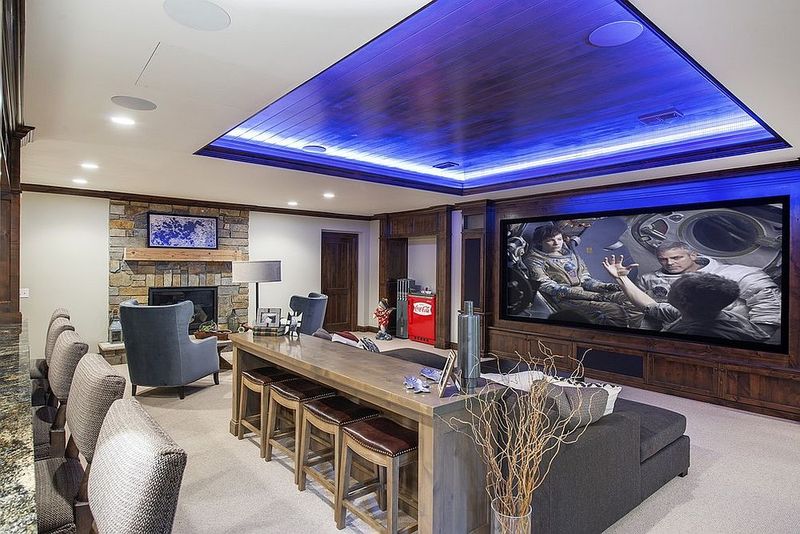
Your Tuscan-inspired kitchen complete with faux grape vines or that beach-themed bathroom with seashell everything might be your personal paradise. Themed rooms create immersive experiences that transport us to favorite places or times.
For homeowners who love consistency in design, themed spaces feel cohesive and personally meaningful. House hunters typically struggle to see past heavily themed décor. While paint colors can be easily changed, built-in themed elements like Mediterranean-style arches or tiki bar features require more substantial renovation.
Even if the theme is beautifully executed, it often feels too personal to potential buyers. If themed rooms bring you happiness, enjoy them fully! Just consider how permanently you install themed elements if you might sell someday. Removable décor like artwork and accessories can create thematic impact without affecting your home’s marketability when it’s time to move.
16. Popcorn Ceilings
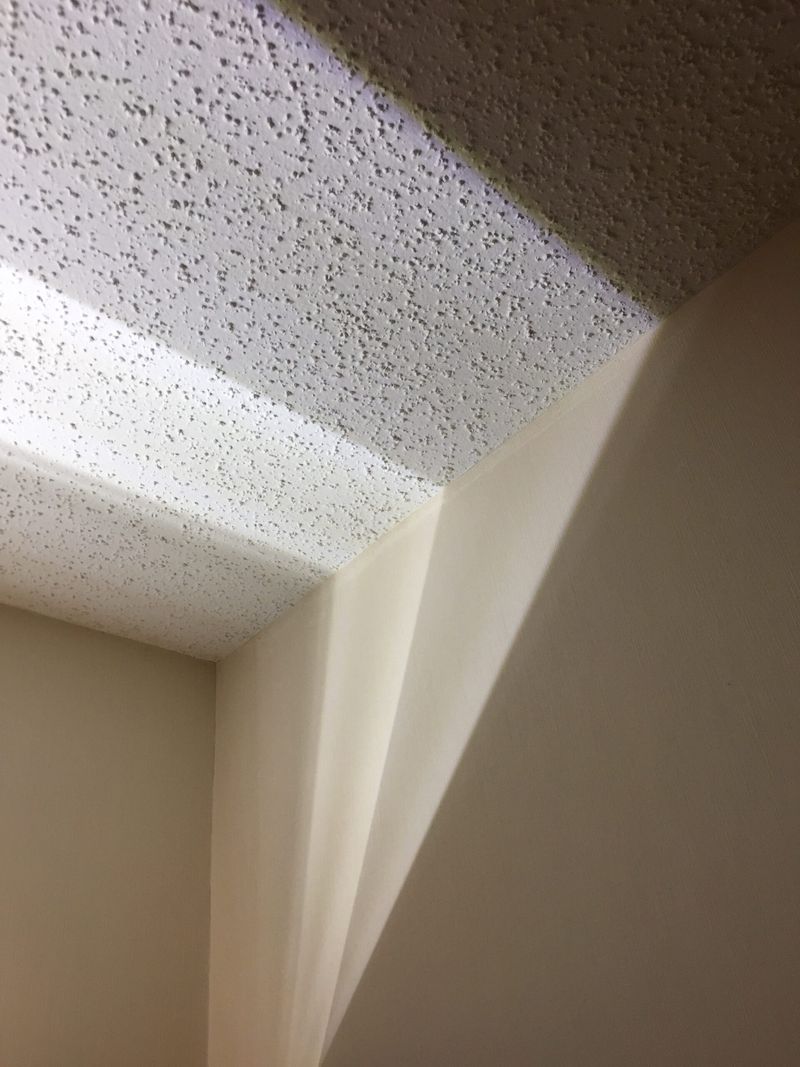
Run away fast if you spot these textured nightmares during a home tour! Popcorn ceilings aren’t just visually dated – they’re dust magnets that are nearly impossible to clean. Worse yet, in homes built before the 1980s, they might contain asbestos, turning a cosmetic issue into a potential health hazard.
Removing popcorn texture is messy, labor-intensive work that typically costs $1-3 per square foot professionally. DIY removal becomes complicated if asbestos testing comes back positive, requiring specialized abatement services that can quickly escalate into thousands of dollars.
While some sellers discount homes with popcorn ceilings accordingly, many don’t factor in the true cost and disruption of removal. Unless you’re getting a significant price reduction or are planning a full renovation anyway, these textured terrors should make you seriously reconsider your purchase.
17. Carpeted Bathrooms
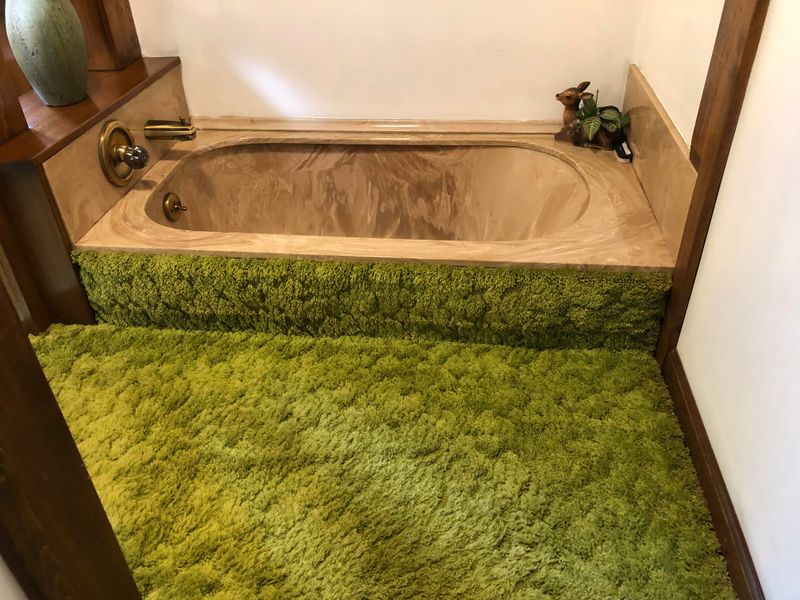
Nothing says “run for the hills” quite like fuzzy floor covering in a bathroom. This questionable design choice from decades past creates the perfect environment for mold, mildew, and bacteria to thrive. Even with regular cleaning, moisture inevitably seeps into carpet padding around toilets and tubs.
Beyond the obvious hygiene concerns, carpeted bathrooms signal that the homeowner likely made other dubious maintenance decisions. If they thought carpet near water sources was acceptable, what other problems might be lurking behind walls or under floors?
Replacing bathroom flooring isn’t particularly expensive compared to other renovations, but it often reveals additional issues once you start tearing things up. Water damage to subfloors, hidden mold, or deteriorated plumbing connections frequently accompany this dated feature. Unless you’re prepared for a complete bathroom overhaul, keep shopping.
18. Cracked Foundation Walls
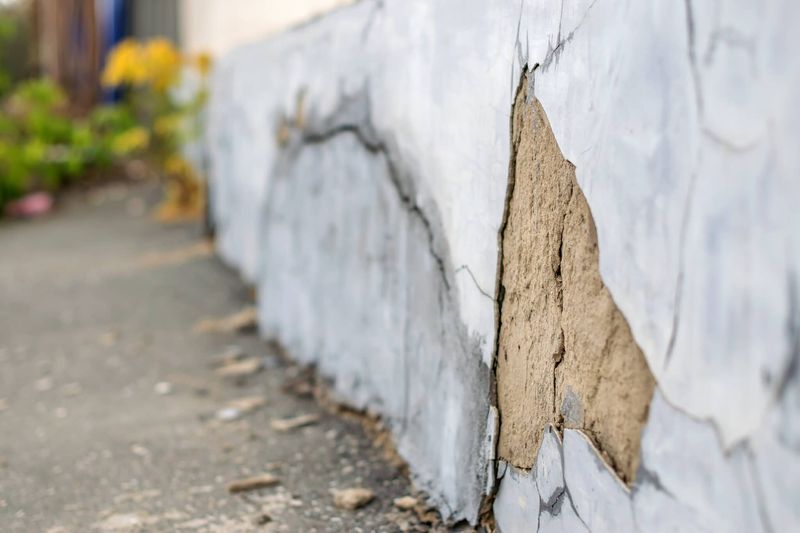
Spotting diagonal cracks wider than 1/8 inch in foundation walls should immediately set off alarm bells during a home tour. These aren’t cosmetic flaws – they signal potential structural issues that could cost tens of thousands to repair. Horizontal cracks are even more concerning, often indicating soil pressure that could eventually cause wall collapse.
Foundation problems rarely exist in isolation. They typically lead to a cascade of other issues: stuck doors, uneven floors, separation between walls and ceilings, and plumbing problems. Even if the current homeowner discloses a previous repair, be skeptical unless they provide documentation from a structural engineer.
While hairline vertical cracks might be normal settling in newer homes, significant foundation damage is one of the few true deal-breakers in real estate. No matter how much you love other aspects of the property, foundation issues should make you walk away unless you’re prepared for major renovation.
19. Mold Odors
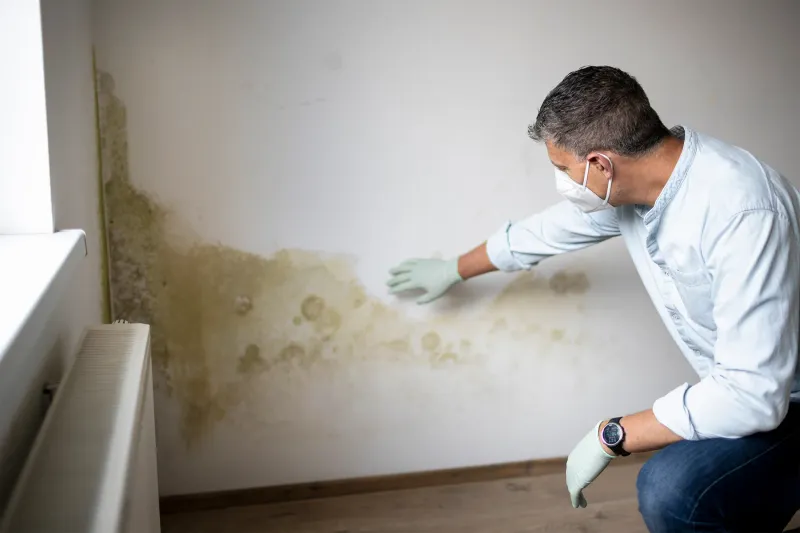
Trust your nose during home tours – that musty, earthy smell isn’t just unpleasant, it’s a warning sign. Persistent mold odors indicate hidden moisture problems that could affect both the home’s structure and your family’s health.
Even if you can’t see visible mold growth, that distinctive smell means it’s lurking somewhere. Mold remediation costs average $2,000-$6,000 for standard cases but can skyrocket to $30,000+ for severe infestations requiring wall removal and structural repairs. The underlying water issues causing the mold often add thousands more to the total fix. Health risks shouldn’t be underestimated either.
For people with allergies, asthma, or compromised immune systems, certain mold species can trigger serious respiratory problems. While some home flaws can be lived with temporarily, mold isn’t one of them – it requires immediate, thorough remediation before move-in.
20. Outdated Electrical Systems
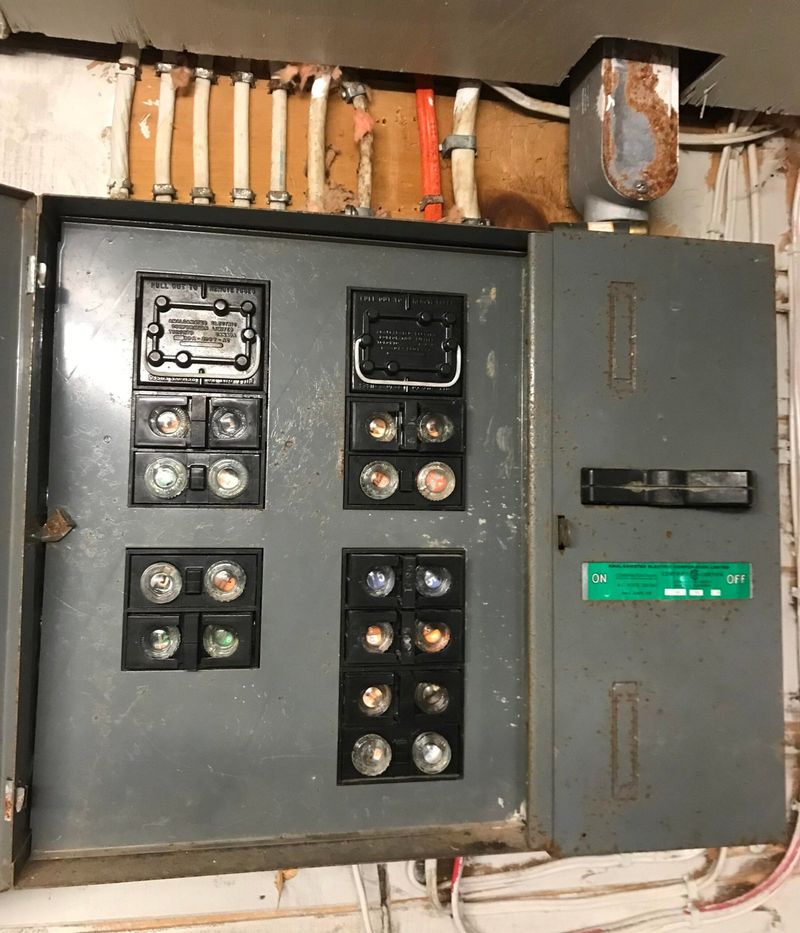
Knob-and-tube wiring, fuse boxes instead of circuit breakers, or aluminum wiring should all make you pause during home tours. These outdated electrical systems aren’t just inconvenient – they’re genuine fire hazards that insurance companies often refuse to cover without upgrades.
A full electrical system replacement typically costs $8,000-$15,000 for average homes, but can run much higher in larger or older properties. The work is disruptive too, potentially requiring opening walls and ceilings throughout the house to access wiring pathways. Beyond safety concerns, outdated electrical systems simply can’t handle modern demands.
With today’s multiple devices, appliances, and electronics, older systems quickly become overloaded. If you notice flickering lights, warm outlets, or only two-prong receptacles during your tour, budget for immediate electrical updates before considering purchase – or better yet, keep looking.

